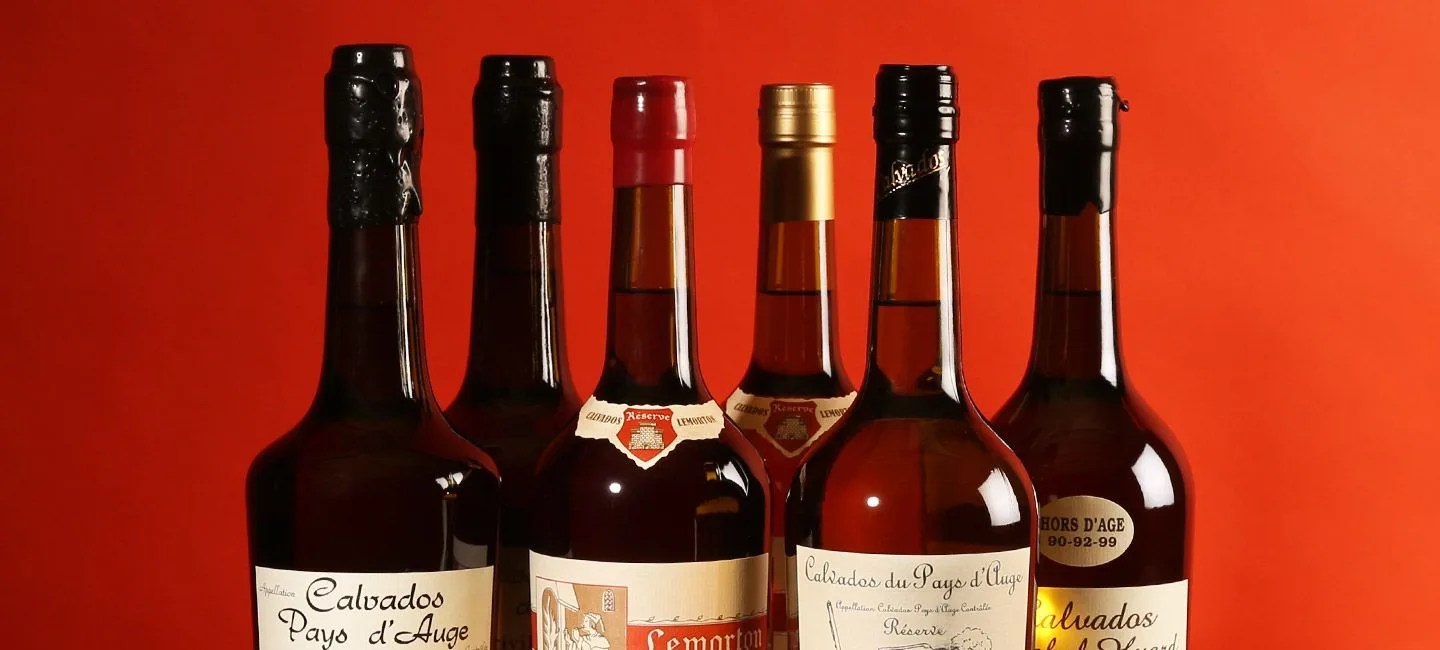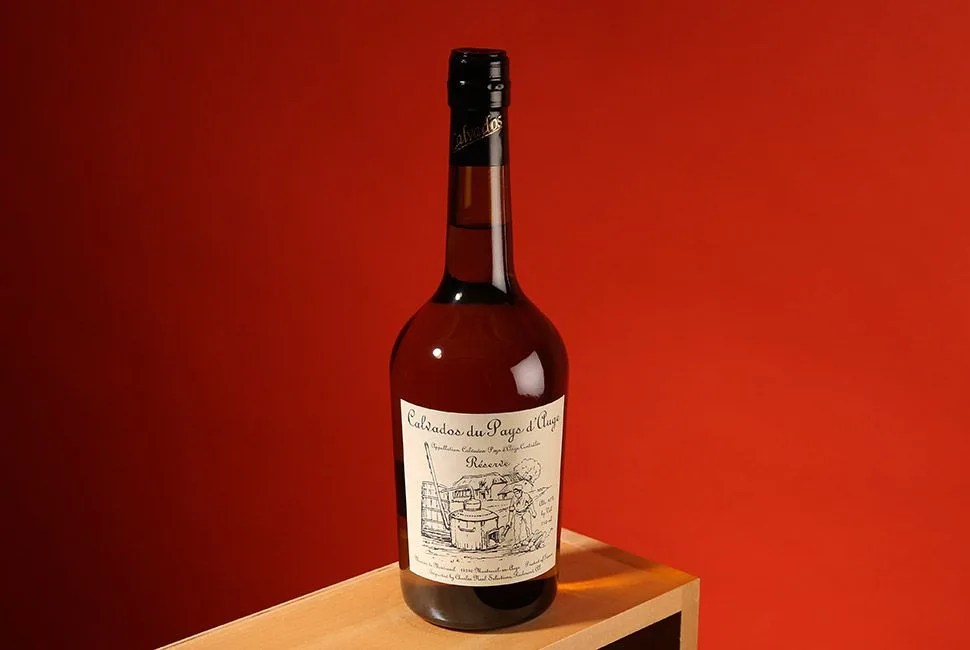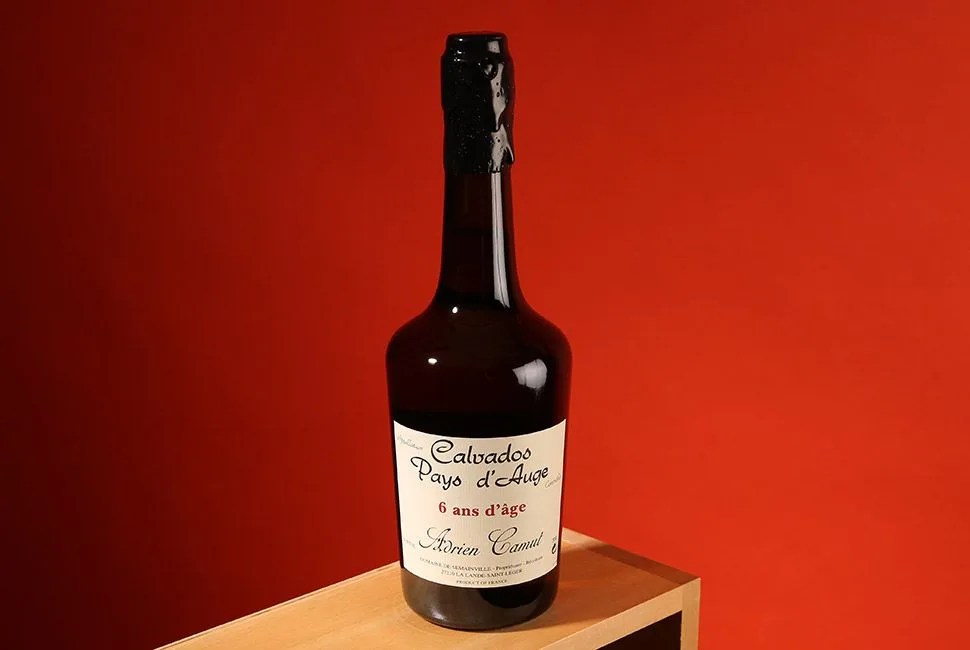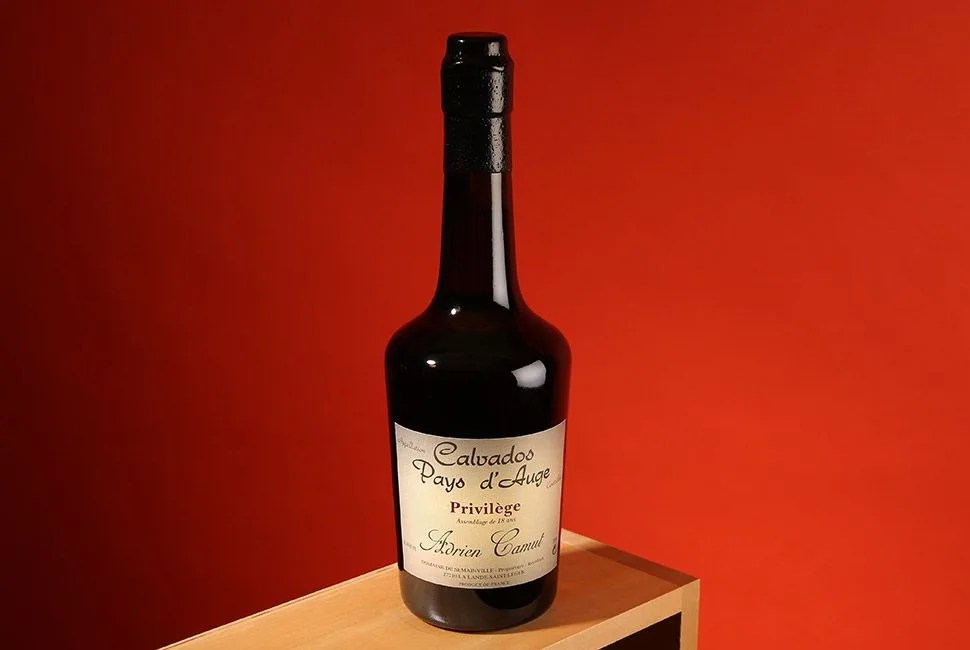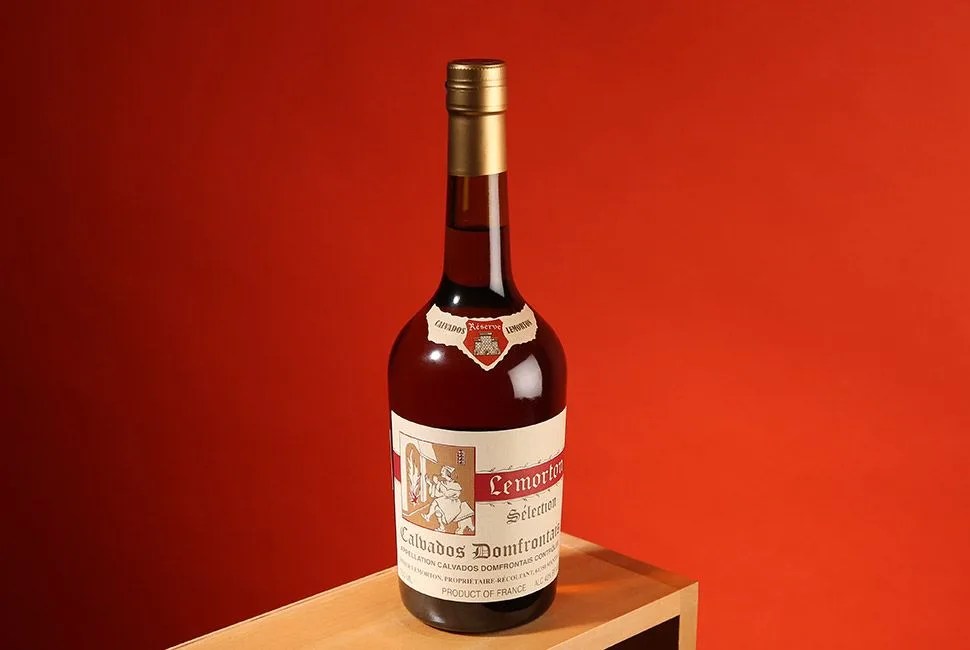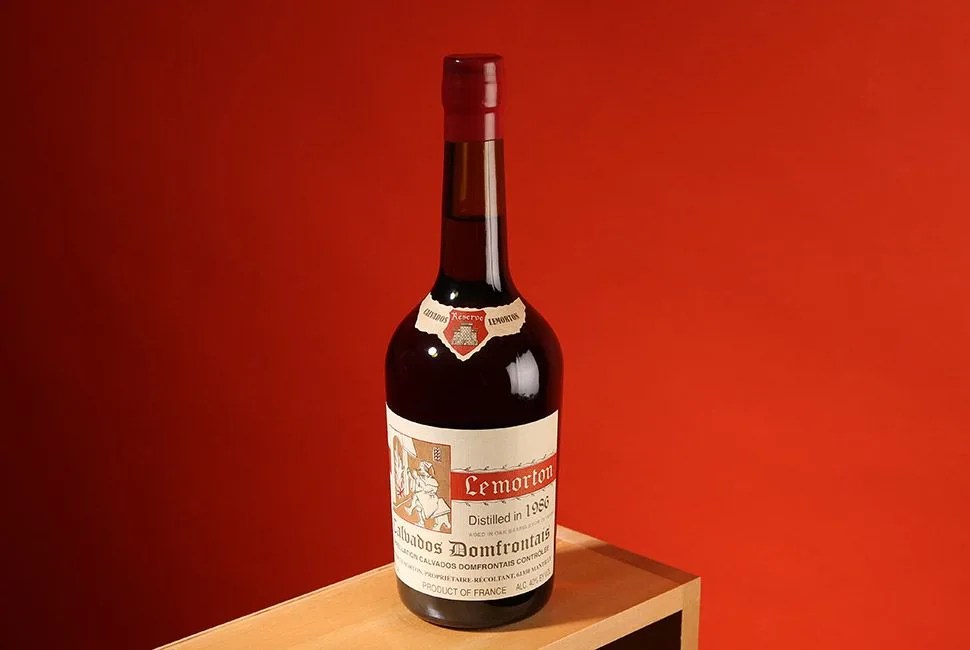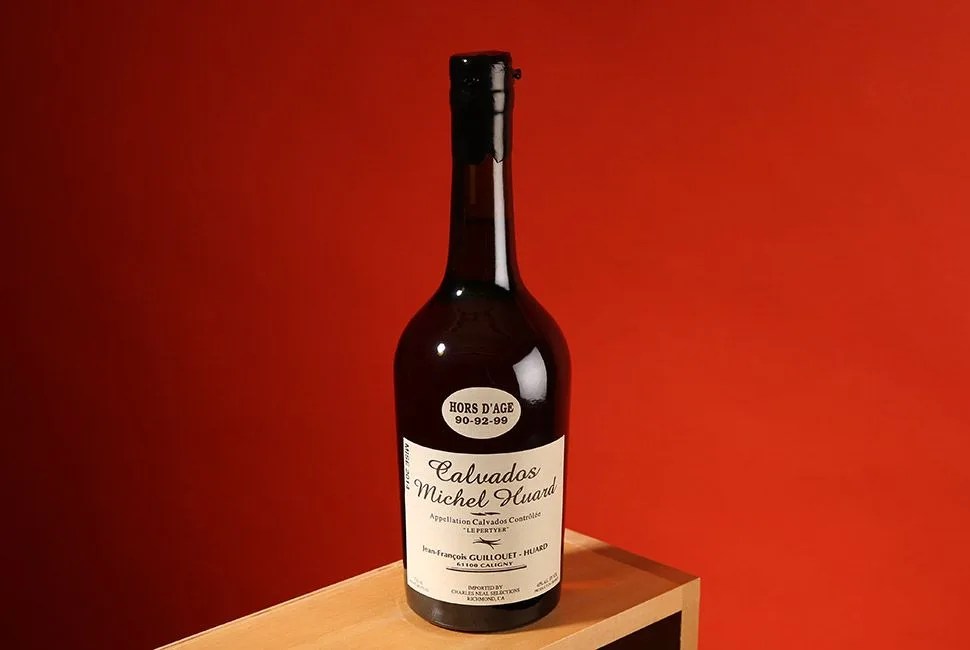“When someone drinks calvados, they’re forced to acknowledge the base material it’s made from,” said Thad Vogler, the San Francisco-based proprietor of Bar Agricole (which has earned him multiple nods from the James Beard Foundation for Best Bar Program) and Trou Normand. “This triggers a way of relating to spirits that is fundamentally different.” When someone buys a whiskey, they’re not necessarily thinking about the grains that go into the bottle. But people know what apples taste like and calvados, an apple brandy from Normandy, tastes fundamentally of apples. “The art of distillation is the art of harvesting and preserving a natural ingredient,” added Vogler.
Calvados, which are distilled from hard cider, offer a “glimpse into the past,” when farmstead distillation was one of the methods to preserve a good harvest. The catalyst which sparked Vogler’s love of grower/producer spirits came in 2000, when he had a chance to sample farmstead rhum agricole in Cuba. Vogler pointed out that consumers have lost touch with distilling’s agricultural roots due to the fact that “so many spirits are blasted with oak, so they’re brown and sweet” and the base ingredient is overshadowed.
Still relatively unknown in the United States compared to the other major French brandies like cognac and armagnac, calvados available on the North American market are a tremendous value for the price. Calvados production has not been commercialized, and calvados is still an agricultural spirit; apple growers control every aspect of the spirit’s production. When buying calvados, try to find anything that’s “grower/producer,” as you would with any agricultural product. To emphasize this point, Vogler says, “Ask this of your spirits: What was this made from? Who made it? How was it made?”
Bottles to Buy
Normandy, Shipped to Your Door
